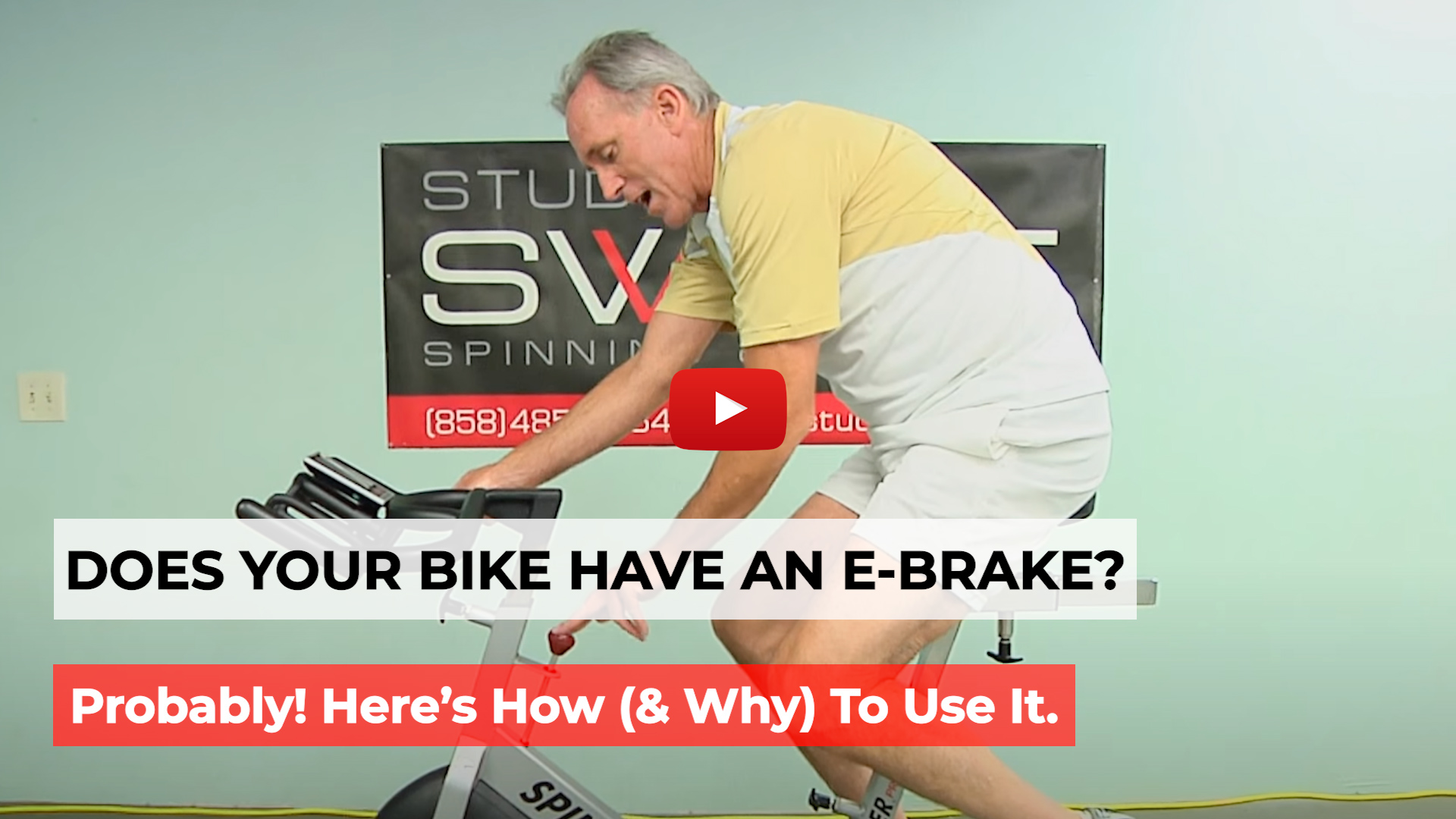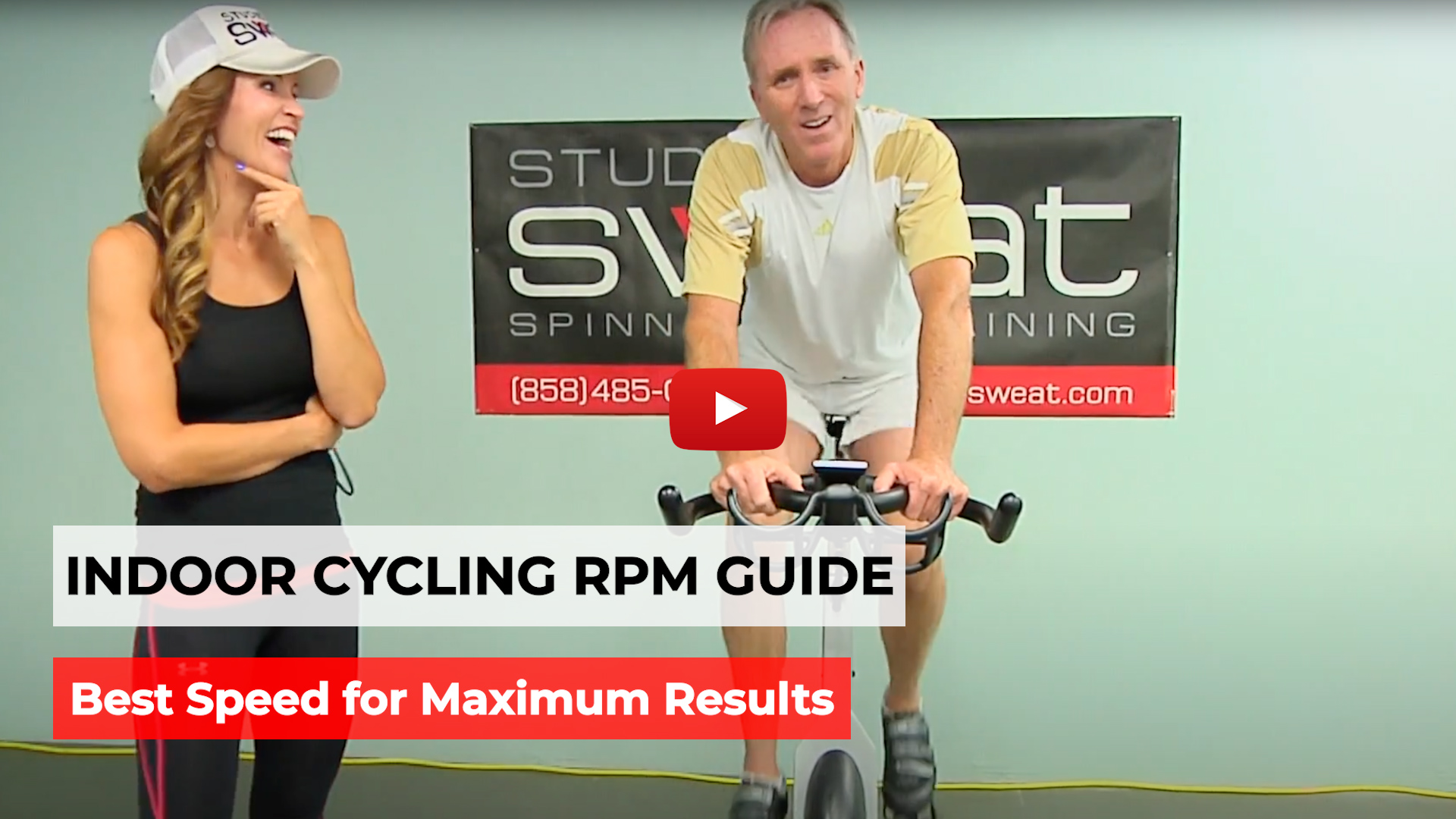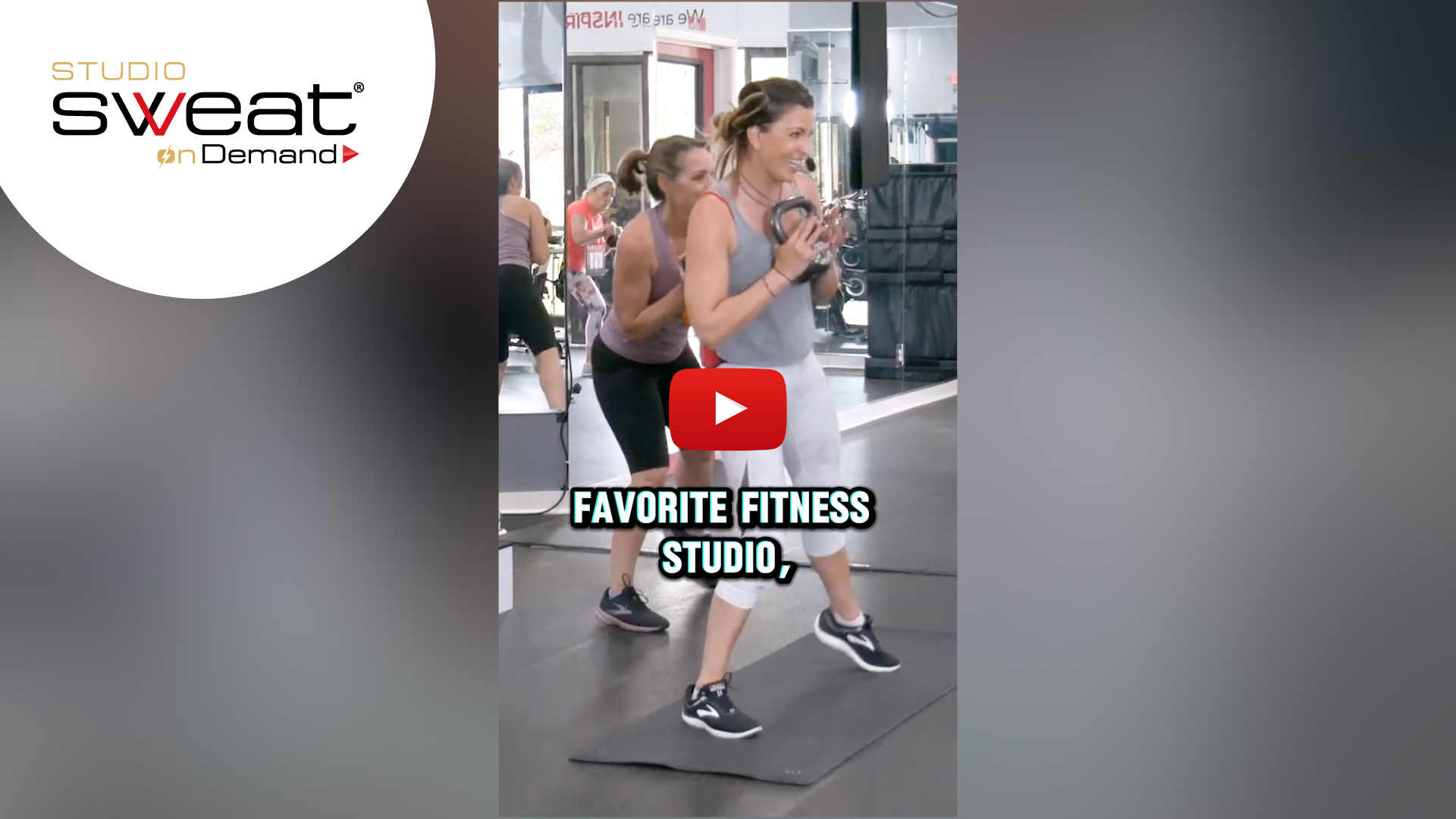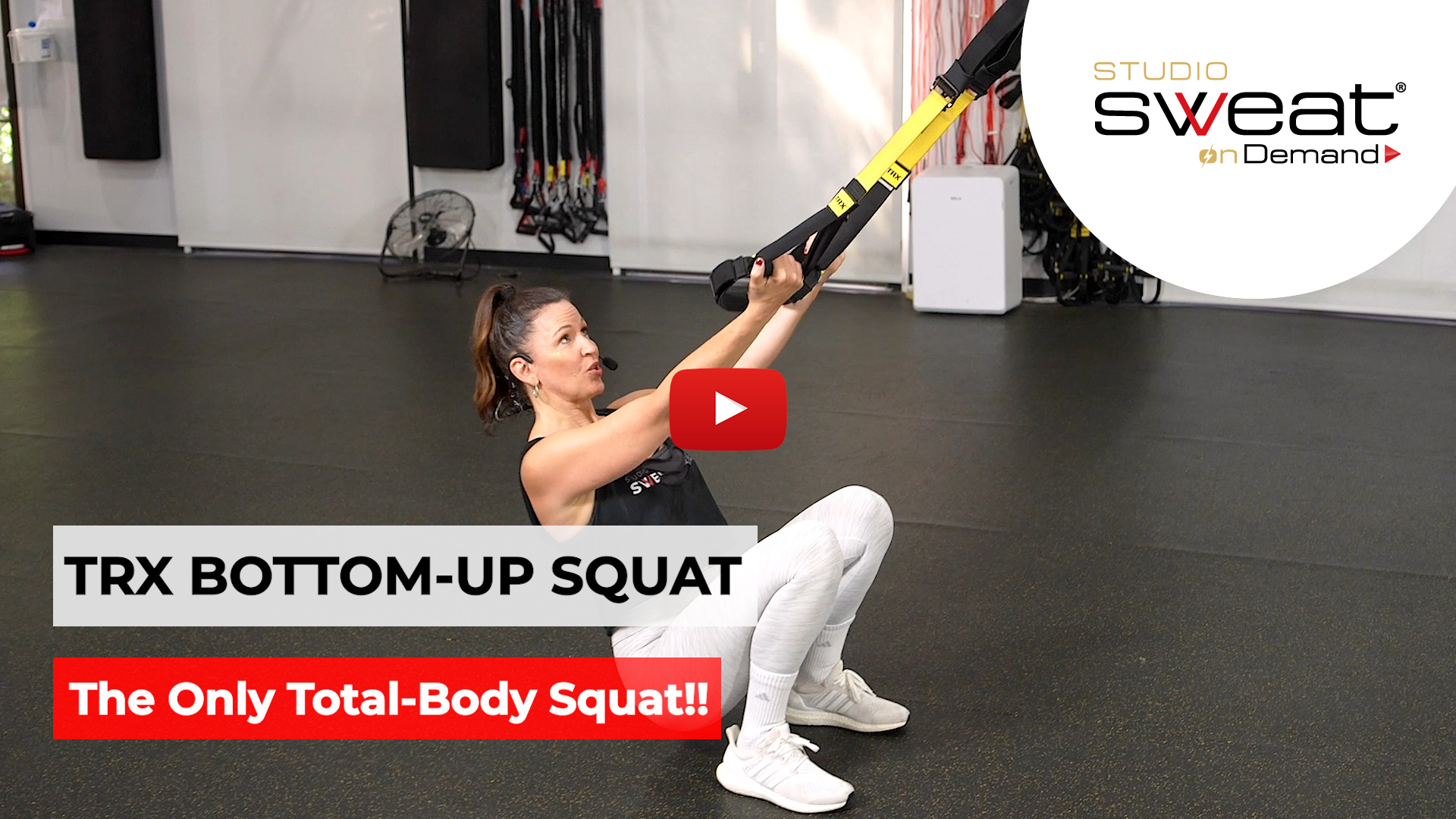Get the Benefits of Squatting w/out the Pain
While there are a million different blogs and videos about the squat, we know you want to hear the best advice on this important topic. That’s why Cat Kom, founder and trainer at Studio SWEAT onDemand, asked one of her favorite fit pros, Mimi Sinclair, to join her to talk about perfecting the basic squat.
Why is it important to do a squat properly?
The squat is a great, compound big-muscle group exercise, but you have to do it correctly to:
• Protect your back
• Protect your knees
• Protect your hips
What are the benefits of doing squats?
• Strength. Squats work all the muscles in your legs and glutes – the foundation of your body.
• Functional movement. Everything you do to get up from a chair, off the floor, or even lift a bag of groceries, you use your legs. The squat is the perfect way to train for that.
Mimi would say that squats are the key core exercise that everyone should be doing…and being sure to do correctly. Yet the squat is the number one exercise she sees people do incorrectly.
Pro Tip: As a side note, Mimi and Cat also find that people do deadlifts improperly. Check out Studio SWEAT onDemand in the VLOG section where you’ll find lots of videos on deadlifts.
How do you do a squat properly for you?
The proper squat form is not one-size-fits-all. It’s a little bit different for everyone.
• Foot Position. Where you place your feet will be based on how your knees track. Start in front of a mirror. Your feet may be slightly narrower than your hips or a little wider. You may have one foot that’s out a bit further than the other. Play with your feet a bit in the mirror. Cat had a trainer once suggest if you jump up, wherever your feet land is your natural squat position.
• Movement. How do you start the movement? This is the area of the biggest mistake. People start moving with their knees. But that is NOT where you start. DO start by shifting your hips back, automatically shifting the weight into your heels. This is so important, so let’s say it again: do not lead with your knees going forward over your toes. This loads the front of the knee and stresses your back. It’s a bad, bad idea. Instead, shift the weight so it’s in your heels, leading with your bum pushing to the back of the room. Mimi also likes to remind clients: Hinge back, not forward.
How low can you go?
The range of motion for your squat will depend on you. How low can you squat before you lose form? If your chest bends too far forward, and you’re loading your lower back rather than keeping weight in your quads and glutes, you’re too deep. Keep your chest up and your gaze slightly forward to determine how low you can go.
You may only be able to do a partial squat if you have tighter hips. It may depend on how you feel that specific day. Depending on what you did the day before, you may have tightness in your hips or less back flexibility.
How you place your feet plays a role too. If you’re in a narrow stance you shouldn’t drop as low. But if you’re in a wider stance you can probably go a bit lower.
How do you know if it’s too low?
• You lose the efficacy in your quads. It’s almost like you’ve got a rest at the bottom.
• Your knees jut out over your toes.
• You have to power up out of the bottom position rather than a slow raise.
What other errors can occur?
• Back rounded. If your back starts to round, you’ve probably got weights that are too heavy. Drop weight and re-focus your form.
Weights or no weights?
When you’re first getting started, perfect your form without weights. Make sure it’s a soft, smooth movement. You don’t want to load your hips, knees, and back, losing the benefit of the squat.
That said, once you’ve got the movement down, Mimi is a big fan of loading your squat – adding weight to the movement. Her favorite way to do that in a single session is to start a little bit light, then go heavier, then go heavier. This is a great way to build muscle.
Mimi has a tip from a trainer she works with. When you’re challenging yourself to go extra-heavy, do the squats barefoot. This helps maintain proper weight balance and keeps your feet in the appropriate position. So if you’re really going for it on the heavy weights, find a clean gym floor and go barefoot to find your footing, literally.
If you’re looking for a lot of amazing workouts that have squats in them, check out a Free Trial over on Studio SWEAT onDemand! Download the app in the app store or Google Play, or if you happen to live in southern California, visit us in our San Diego studio.

















Comments - 1